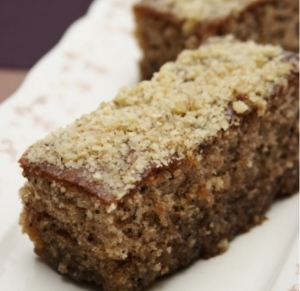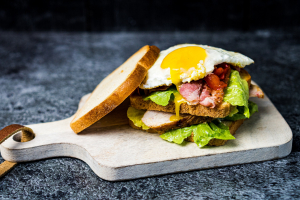XpatAthens
Amorgos
Amorgo island’s top attraction is the 10th century cliffside monastery of Panayia Hozoviótissa, dedicated to the Presentation of the Virgin, a spiritual haven and one of the most important ecclesiastic monuments in Greece. Set high up on the steepest rock of Mt. Profitis Elias, 300m above the Aegean, the building resembles a “chest of drawers”, according to the French explorer Pitton de Tournefort.
Visible only from the sea, the monastery is an example of human triumph over nature, a wonder that will leave you awestruck.
According to tradition, the monastery was founded by the Byzantine Emperor Alexios I Komnenos in 1088, during the period of Iconoclasm, when the icon of Panayia was sent by a woman from Hozovo from Palestine and miraculously made its way to Amorgós. According to another version, the Monastery was founded in the 9th century by monks from Palestine and was later renovated by the emperor Alexios I Komnenos.
The monastery has eight floors connected by narrow stone staircases carved into the rock. 350 steps lead you to the monastery, the interior of which is like a labyrinth. The cells of the monks are all carved into the rock to form a unique example of traditional architecture. Two icons of the Virgin Mary and other religious relics from the period of Alexios Komninos have been found at the monastery. Important heirlooms such as a manuscript, gospels, vestments and ecclesiastical utensils dating from the 10th to the 19th century are also on display.
To read more, please see visitgreece.gr
Karidopita – Greek Walnut Cake
• 8 Eggs
• 16 tbsp Sugar
• 16 tbsp Walnuts chopped
• 16 tbsp Breadcrumbs (plain not flavored)
• 1/2 cup Brandy
• 2 tbsp Vanilla Extract
• 1 tbsp Cinnamon
• 1 tbsp Lemon Zest
For the Syrup
• 3 1/2 cups Water
• 3 1/2 cups Sugar
• 1 cup Honey
• Lemon Peel of one lemon
• 1 Cinnamon Stick
Directions
Start with the syrup. Combine all the ingredients and bring to boil. Lower the heat and let cook until the syrup thickens a little (about 10-15 minutes). Turn off the heat and set aside to cool down. Syrup should be room temperature when poured over the cake.
Preheat the oven to 180 C.
Begin to separate the egg whites from the yokes and start beating the whites until a soft peak forms. Add the sugar and continue to mix. Next, add the yokes and stir lightly to combine. Add the breadcrumbs, walnuts, cinnamon, vanilla and mix well. Lastly add the lemon zest and brandy and lightly fold. Transfer the batter into a floured pan and bake for 40-45 minutes.
Take the cake out of the oven and pour syrup over it. Allow for the syrup to absorb before you cut the cake. Garnish with finely chopped walnuts serve.
I hope you like it! Have a great weekend!
xo
Vana
lepapierstudio.com
TBG Celebrates Six Months Of Travel Blogging Teamwork
New Digital Museum Dedicated To The Philosopher Plato
The museum is open daily from 09:00 - 16:00, except Mondays. Entrance is free. To learn more, please visit: Plato Academy.
Sources: The Toc and Plato Academy
Top Breakfast & Brunch Spots In Athens
New York Sandwiches

@newyorksandwiches_
New York is not only relevant when it comes to the aesthetic of this place, but also its mouthwatering dishes. Famous for its rich weekend brunch menu, New York sandwiches serves a variety of American classics, including grilled bread with miniature tomatoes and mushrooms, French toast, eggs Benedict, American pancakes, bagels with various fillings, burgers, salads, and, of course, New York cheesecake or praline pancake for dessert. If you're thirsty, try a cup of filter coffee, a glass of fresh juice, or a Bloody Mary.
Telephone: 21 0777 8475
The Handlebar
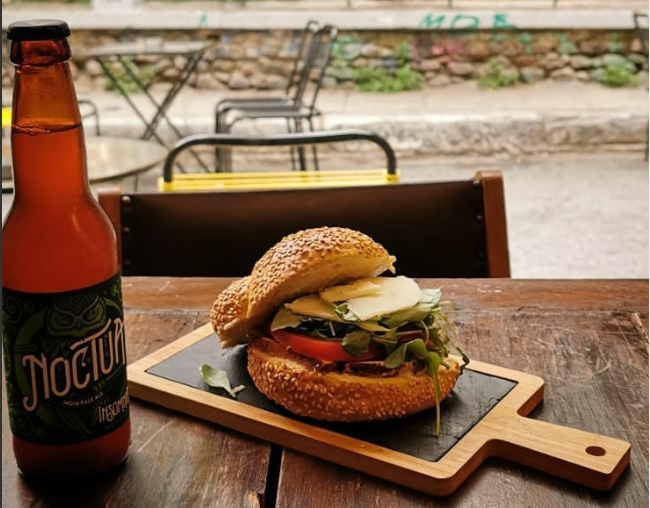
@the_handlebar_cycle_place
Telephone: 21 1409 3002
Bel Ray
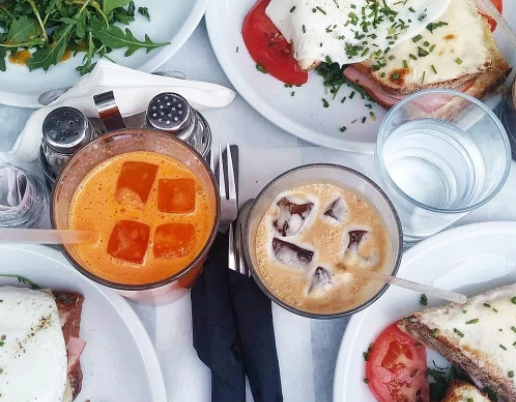
@yummyaddictions_
Telephone: 21 3032 6450
Odori
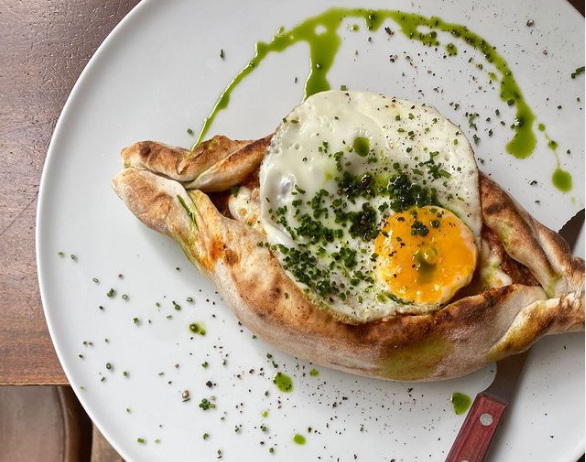
@odori_vermuteria
With its nice outdoor quiet area, this place serves the best authentic Italian pizza in the city! Brunch options are plenty on the menu. Anything with eggs is fantastic, especially pizza and traditional peinirli which are both great choices for brunch!
Address: 2 Skouleniou, Athens
Telephone: 21 0331 4674
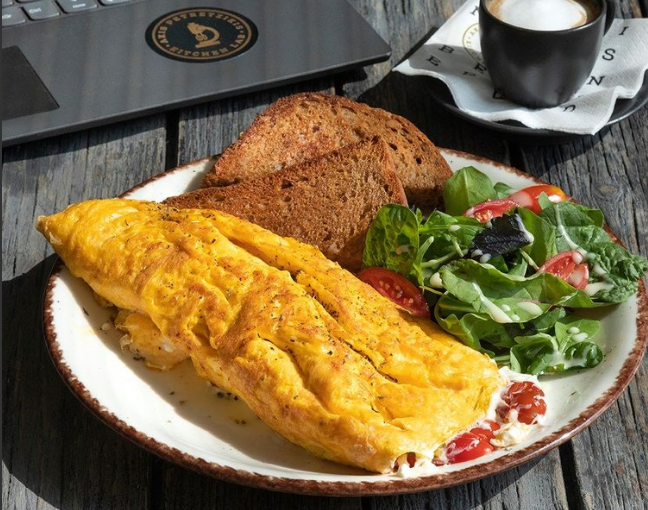
@kitchenlab_official
If you're in the mood for a beach stroll, a visit to this place is a fantastic option. The delicious dishes all have chef Akis Petretzikis' signature. Go for the eggs Benedict with turkey. Simple and tasty. Protein shakes are also a great alternative for those of you looking to maintain your fitness. The granola yogurt (for the health-conscious) and, of course, the burgers (for the more adventurous) are both delicious.
Address: 26 Lazaraki, Glyfada
Telephone: 21 0968 1126
September 12 - Welcoming Fall In Athens
Remember to stay connected with us through our weekly newsletter, Facebook, and Twitter!
Top European Cities To Visit In Winter
Vienna

@nois7
Prague

@jakubsnajberg
A light sprinkling of snow truly transforms Prague into a charming winter paradise. There's so much to do from admiring the Prague castle, to marveling at the Lamplights on Charles Bridge and discovering the city's Christmas markets where even the most discerning traveler will indulge in the trdelník (fried dough) and mulled wine sold in festive kioks.
Budapest

@adamhliva
Hungary's capital truly comes to life in winter! Its Christmas markets and outdoor ice skating rinks create the perfect winter wonderland, while the local hot spas and thermal baths offer a twist on outdoor bathing. Imagine exploring the city, seeing the Hungarian Parliament, admiring the Danube, and taking in the sheer beauty of the Hungarian State Opera House. Could you think of a better way to spend a chilly day?
Amsterdam

@oceanvolta
When dusted in snowflakes, the Dutch capital looks like a fairytale, making for a stunningly romantic backdrop to any visit. You can enjoy the breathtaking views of the snow-covered canals which sometimes freeze over, transforming into a huge rink. Also, from November through January, the annual Amsterdam Light Festival sees spectacular light installations adorn canals, streets, and landmarks.
Edinburg

@pandeyrr
The Scottish capital is stunning in all seasons, and even when it rains, it retains its allure. However, Edinburgh goes all out not only for Christmas, with the steep pathways leading up to the castle looking especially stunning, but also for the New Year. Come see how the Scots party and celebrate Hogmanay at this time of year. Prepare for the torchlight parade down the Royal Mile by getting a torch and learning the lines to "Auld Lang Syne".
Field Of Life: A Community Hub In The Making
Field of Life was born out of the common vision of ISN with Panagiotis Giannakis to create a multipurpose space offering sports, educational, and recreational activities to all young people. The organization aspires to provide a safe refuge and a creative home base for every child and teenager, especially those who have limited access to such opportunities.
A brand-new area of 5,300 sq.m. will be built in the Nikaia neighborhood of Athens, where Panagiotis Giannakis was born and raised, to host Field of Life’s activities. The facility will comprise indoor and outdoor recreation areas and study spaces, sports facilities including a swimming pool, basketball and football courts, entertainment halls, a music production studio, and the organization’s offices.
The Field of Life aims to offer children aged 6-17 development opportunities, valuable experiences, and a series of character empowerment skills such as self-discipline and self-confidence.
After school, children will be able to visit Field of Life in Nikaia and take part in the programs. A hot meal will be waiting for the children upon arrival, and afterward, teachers will help them with their homework. Then it’s time to play; basketball, volleyball, running, climbing, swimming, and a lot more await.
The facility is scheduled to start welcoming children in the first half of 2024. Until then, a series of organized events are expected to be hosted throughout Nikaia.
For more information, please visit: gipedozois.org
Underwater Wedding Ceremony Held In Alonnisos For The First Time
Present at the ceremony were next to the couple and Alonnisos mayor Petros Vafinis, the bridesmaids, diving instructors, and an underwater cameraman. The festive decoration in the shape of a heart could not fail, of course.
Bride Myrto wore a wedding dress, while the groom was dressed half official, half relaxed; the rest of the …crowd was dressed scuba diving conform.
The entire civic marriage procedure was followed by the book through the use of special waterproof surfaces.
After exchanging their vows, Petros and Myrto removed their masks for their first kiss as newlyweds.
To read this article in full, please visit: keeptalkinggreece.com
New Year’s Resolutions That Actually Work: A Fresh Take For Business Leaders
- Year of Efficiency: Streamline processes and cut unnecessary costs.
- Year of Connection: Strengthen relationships with clients, partners, and employees.
- Year of Experimentation: Test bold ideas, new markets, or innovative products.
- Test new social media platforms for engagement.
- Experiment with remote work policies to improve productivity.
- Pilot a subscription model for one of your services.
- What activities or processes are draining resources without delivering results?
- What meetings could be eliminated?
- What products or services no longer align with your mission?
- Create a "personal growth fund" for employees to spend on courses, workshops, or hobbies.
- Host monthly brainstorming sessions where every team member can pitch ideas.
- Recognize and celebrate achievements—big or small—regularly.
- If word-of-mouth brings in most of your clients, resolve to amplify customer referrals.
- If your team shines in creativity, invest in innovative campaigns.
- If a specific product dominates sales, explore complementary offerings.


